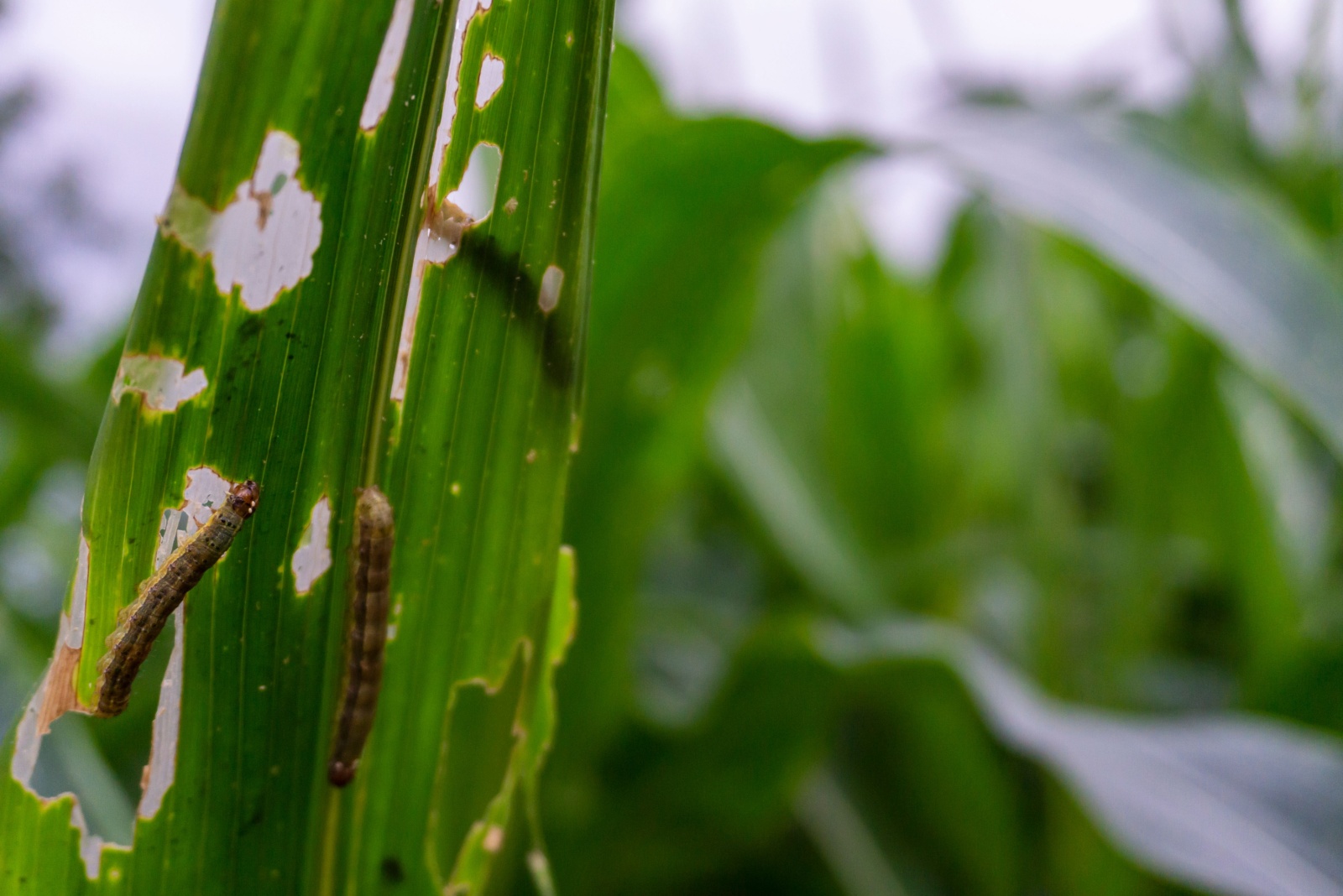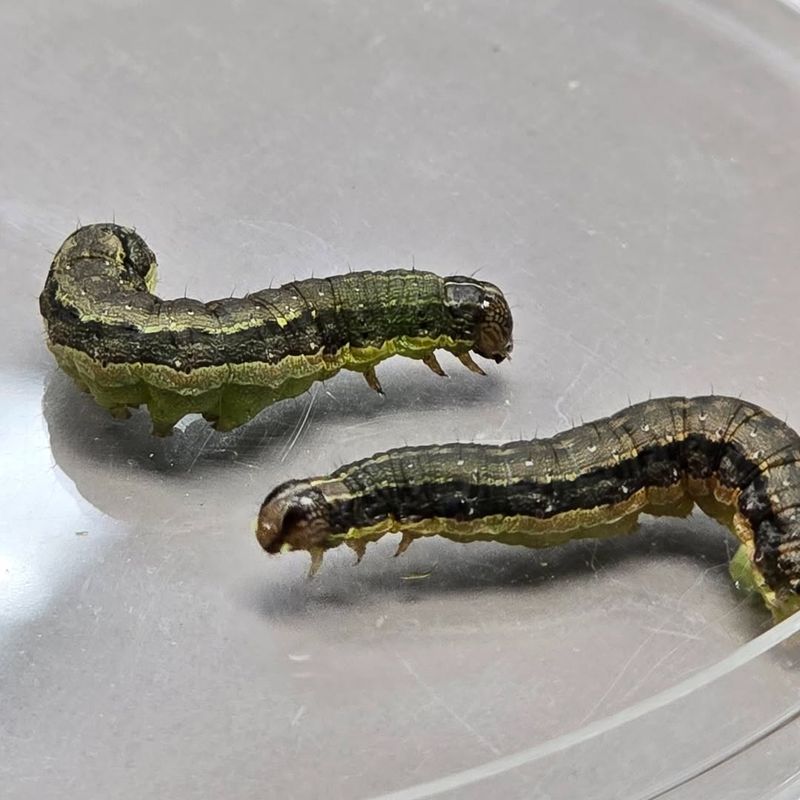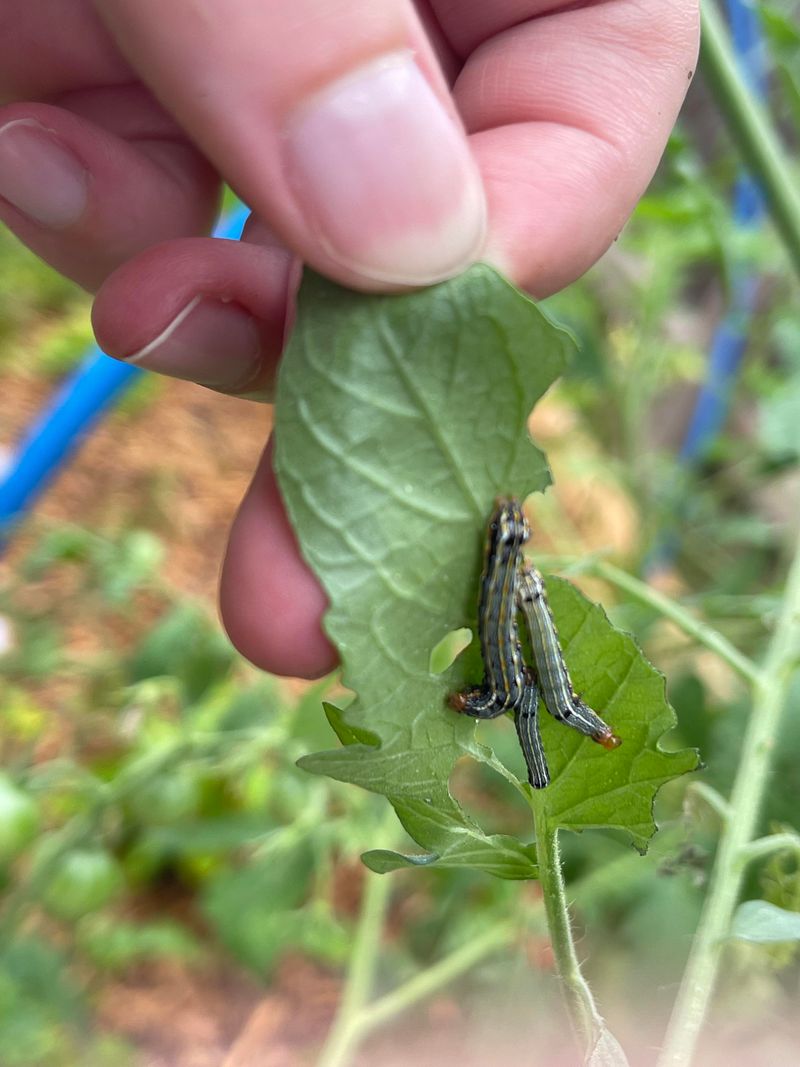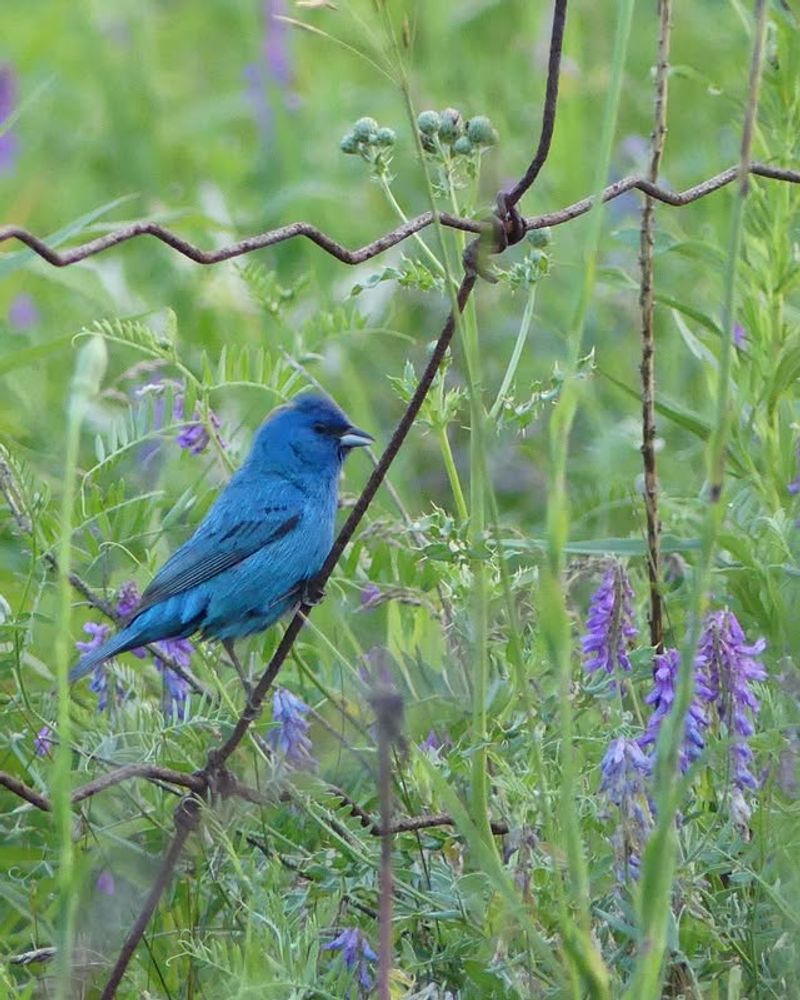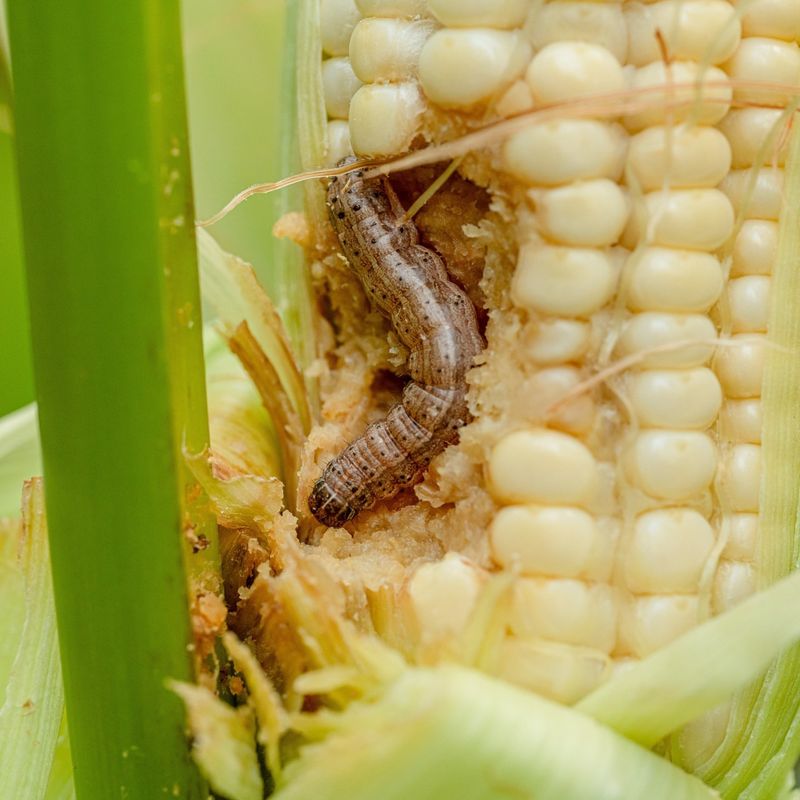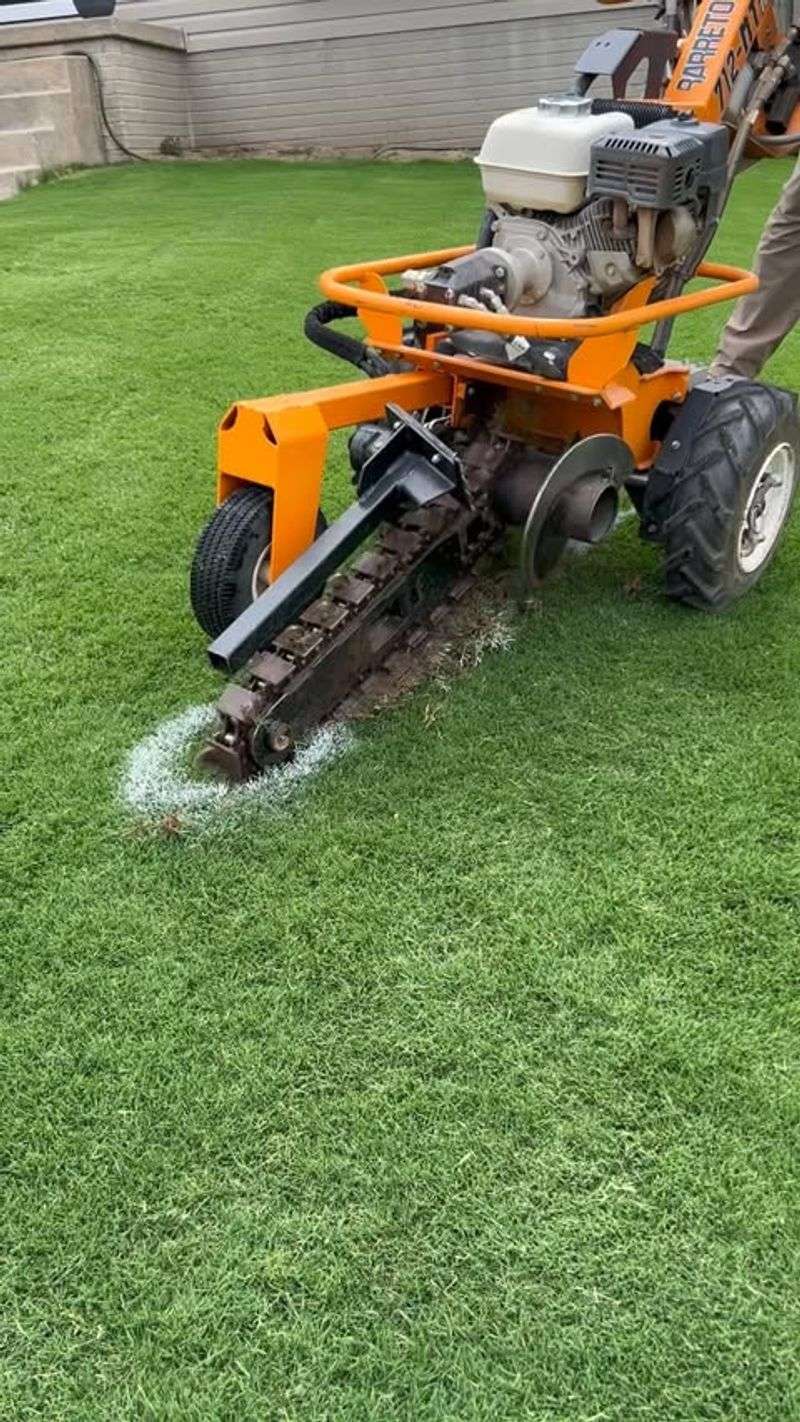Texas lawns and crops are under attack by an invasion of fall armyworms this season. These hungry caterpillars can devour entire fields overnight, leaving devastation in their wake.
With the unusual weather patterns creating perfect breeding conditions, farmers and homeowners across the state are scrambling to protect their greenery from these voracious pests.
1. Maintain A Healthy, Thick Lawn
Strong grass stands up better to armyworm invasions. Regular watering, proper mowing heights, and seasonal fertilization create robust root systems that recover faster from damage.
Don’t cut your grass too short! Longer grass blades support beneficial insects that naturally prey on armyworms. Plus, healthier lawns in Texas yards can sometimes tolerate minor infestations without showing significant damage.
2. Scout Your Yard Regularly
Early detection saves lawns! Walk your property daily during peak season (August-October) and look for small caterpillars or moths, especially near lights where adults gather at night.
The soap flush test works wonders for finding hidden armyworms. Mix 2 tablespoons of dish soap with a gallon of water and pour over a suspicious area. Within minutes, lurking caterpillars will rise to the surface.
3. Apply Beneficial Nematodes
Nature’s tiny warriors! These microscopic organisms seek and destroy armyworm larvae in the soil without harming beneficial insects or your pets. Apply them in early evening when soil is moist and temperatures are moderate.
Repeat applications every 2-3 weeks during peak infestation periods. Store unused nematodes in the refrigerator, never in direct sunlight, as heat kills these helpful creatures before they can work their magic.
4. Try Bacillus thuringiensis (Bt) Sprays
Bt is a gardener’s secret weapon against caterpillars. This natural bacteria only affects caterpillars, leaving beneficial insects unharmed. When armyworms eat Bt-treated plants, their digestive systems shut down.
Evening applications work best in Texas since sunlight degrades Bt quickly. Cover both sides of grass blades thoroughly. For maximum effectiveness, spray when caterpillars are young and small – they become more resistant as they grow larger.
5. Create Bird-Friendly Spaces
Birds are hungry allies in your armyworm battle! Cardinals, mockingbirds, and blue jays feast on these protein-packed caterpillars. Install birdbaths, native plants, and feeders to attract these natural predators.
Reduce chemical treatments when possible, as they can harm the birds you’re trying to attract. Some Texas homeowners report that a family of mockingbirds can clear small armyworm infestations in just days when given access to affected areas.
6. Use Strategic Chemical Controls
In Texas, infestations can escalate quickly, but targeted insecticides containing spinosad, carbaryl, or bifenthrin can provide quick knockdown. Always follow label directions precisely – more isn’t better!
Apply in early morning or evening when armyworms are most active and feeding. Spot-treat affected areas rather than blanket-spraying your entire property to preserve beneficial insects that help control future outbreaks.
7. Install Physical Barriers
Trenches work surprisingly well! Dig 6-inch deep trenches around valuable garden areas and line with plastic. Armyworms falling in can’t climb the slick sides, protecting your prized plants from invasion.
For smaller garden beds, copper tape barriers deter crawling pests effectively. The slight electrical charge created when caterpillars touch copper sends them searching for easier meals elsewhere. Replace after heavy rains for continued protection.

